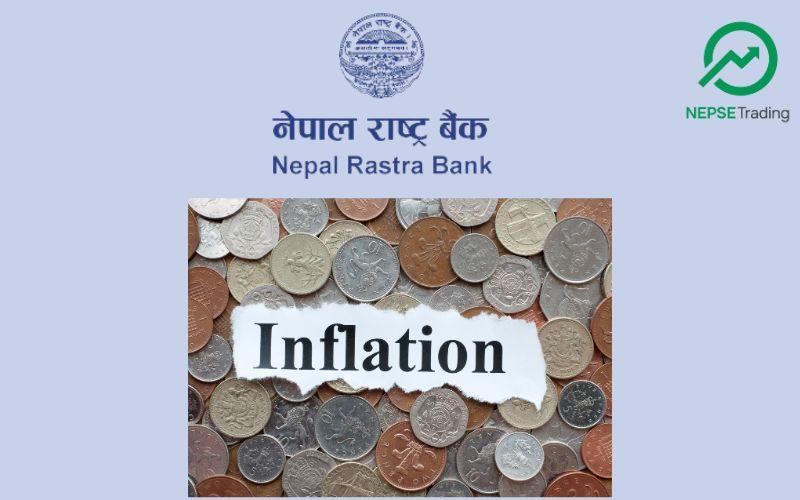By Dipesh Ghimire
Nepal’s Labor Market Dilemma: Bridging the Gap Between Workers and Employers

Nepal’s labor market stands at a crossroads. Caught between the grievances of underpaid, insecure workers and employers struggling with productivity and labor shortages, the government now faces a critical responsibility: to rebuild trust, implement policies effectively, and balance the dynamics between economic growth and labor rights.
1. Dual Narratives: Workers vs Employers
Nepal’s labor ecosystem is shaped by two dominant but contrasting realities. On one hand, employers claim they are facing a shortage of skilled labor, struggling to expand due to low productivity, a constrained market environment, and the rising cost of compliance. On the other hand, workers argue they are being underpaid, lack job security, and are deprived of social protection mechanisms such as health insurance, pensions, and leave benefits.
This mismatch has created a widening trust deficit between labor providers and seekers, although both sides' claims hold weight.
2. Government’s Mediator Role and Legislative Efforts
The Ministry of Labor, Employment, and Social Security asserts that it functions as a facilitator between the two. With the enactment of the Labor Act in 2074 B.S. (2017 A.D.) and the creation of the Social Security Fund, Nepal laid the groundwork for structured labor rights and employer responsibilities. However, COVID-19 struck shortly after, disrupting the implementation phase and derailing progress.
Despite challenges, the ministry states that progress has been made, especially in reducing labor strikes, improving dialogue, and enhancing labor relations.
3. Institutional Gaps: Lack of Presence, Weak Monitoring
Nepal currently has only 11 labor offices to oversee the entire country’s labor issues—clearly insufficient for a federal state with 77 districts. Many regions lack both government representation and union presence, leaving workers unaware of their rights and employers unchecked. This vacuum means labor laws exist on paper but not in practice, especially in remote or rural areas.
4. Minimum Wage Controversy and Enforcement Challenges
While the law mandates that minimum wages must be reviewed every two years and come into effect from Shrawan 1st (mid-July), most labor complaints still relate to non-compliance with the minimum wage. Workers frequently lodge complaints asking for legal enforcement.
The ministry defends its stance, saying wage rates are never decided unilaterally but only after consultations with both employer and employee representatives. However, without strict enforcement and monitoring, these agreements often fail to materialize at the ground level.
5. Life Cycle of a Worker: The Income-Responsibility Mismatch
One insightful observation the ministry shares is how a worker’s economic needs evolve over time. A young entrant in the labor market, with fewer responsibilities, may find basic wages acceptable. But as they marry, have children, and support aging parents, the same income becomes woefully inadequate.
This is a major push factor for labor migration. Unable to support families with local jobs, many Nepalis seek better-paying opportunities abroad—especially in the Gulf, Malaysia, and now increasingly in European countries.
6. Skilled Migration and the Growing Talent Gap
Nepal is facing a brain drain and skills drain. As experienced workers leave, employers are left with a growing gap in technical and operational roles. This exodus affects not only the productivity of companies but also the economic security of families who lose breadwinners for years at a time.
The government warns that replacement is slow and costly. Many industries are struggling to train locals at the pace skilled workers leave. This results in economic loss to the state, the employers, and the dependent families.
7. Reverse Flow: Foreign Workers in Nepal
Interestingly, over 52 countries have sent their citizens to work in Nepal in the past year—mostly in roles where Nepali workers are not available or lack expertise. For example, Hongshi Cement Factory initially employed 100 Chinese technicians, but now only 10 remain, with the rest replaced by trained Nepalis.
This indicates that with the right training and transition plan, Nepal can retain jobs domestically. However, certain industries like the Himalayan Sugar Mill in Siraha still depend annually on skilled Indian labor teams. During the Madhes unrest, their absence shut down production for an entire year—highlighting how dependency on foreign workers without local backup can paralyze operations.
8. Looking Ahead: Employment Decade and Policy Direction
To tackle both emigration and unemployment, the government is preparing to announce a major national program: "Employment Decade" (रोजगारी दशक). This initiative will focus on:
Supporting skilled returnee migrants with local job placement
Increasing vocational and technical training
Promoting decent job creation in productive sectors
Enhancing employer-worker collaboration under fair labor standards
A declaration document has already been drafted by the ministry, aiming to create a balanced income-employment cycle that motivates Nepalis to stay and work at home.
9. Final Word: Beyond Borders, Beyond Wages
The government acknowledges the right of individuals to migrate for better opportunities—a reality in the globalized labor economy. But it emphasizes the need to link domestic wages to productivity, improve workplace dignity, and minimize the wage gap between Nepal and foreign markets.
All labor policies, the ministry claims, are created with full consensus from both workers and employers, and never imposed unilaterally. However, the ultimate success of these policies depends on honest implementation, sufficient monitoring, and shared responsibility from all three stakeholders: government, employers, and workers.
Nepal's labor market is not broken, but deeply transitional. As the country evolves from a remittance-dependent economy to one trying to build domestic capacity, the challenges of mismatched expectations, poor law enforcement, and talent outflow must be addressed boldly and collaboratively.
A labor ecosystem where employers feel supported and workers feel valued is not just a policy goal—it’s a national necessity.









